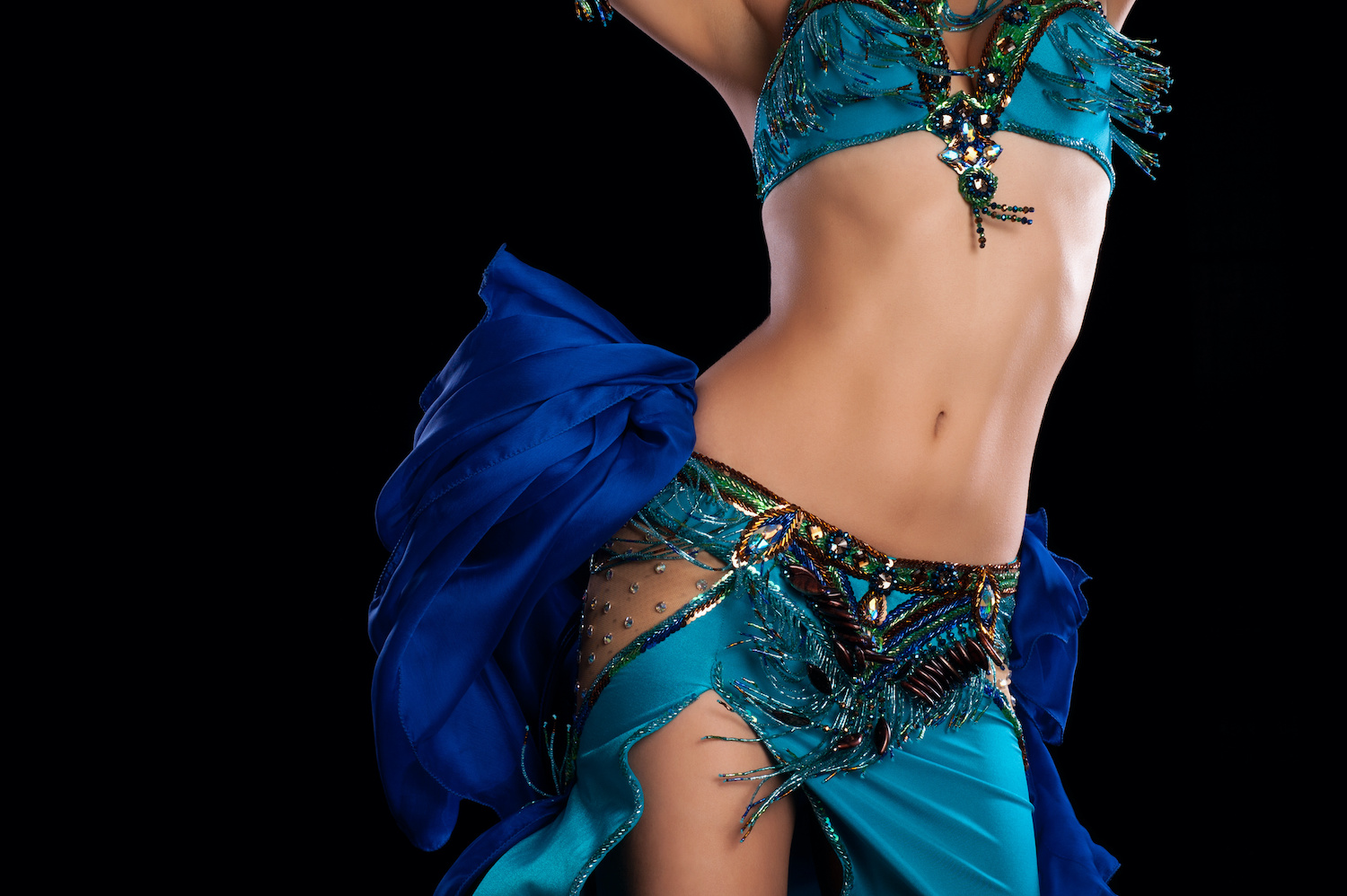Where did belly dancing come from? Historical background, popularity of belly dancing
Dive into the mesmerizing world of belly dancing, an art form that has captivated hearts across the globe. Let’s explore its origins, evolution, and the cultural tapestry that makes it a unique and enthralling dance.
Origins of belly dancing
The roots of belly dancing are as intricate as its movements, woven through time and across continents.
Historical background
Tracing back to ancient times, belly dancing has been a symbol of celebration and expression. Its history is a vivid blend of art, culture, and tradition.
Influence of Middle Eastern culture
Middle Eastern culture has been instrumental in shaping belly dancing. Its rich artistic heritage is reflected in the dance’s fluid movements and rhythmic patterns.
Cultural exchange with Egypt, Turkey, and Greece
The exchange of cultural practices among Egypt, Turkey, and Greece has enriched belly dancing, adding diverse flavors and styles to its repertoire.
Contribution of Roma people (Gypsies)
The Roma people, with their nomadic heritage, have contributed significantly to the spread and evolution of belly dancing, infusing it with their spirited dance forms.
Influence from Indian dance forms
Indian dance forms have also left their mark on belly dancing, particularly in the intricate hand movements and storytelling aspects.
Evolution of belly dancing
Over time, belly dancing has evolved, embracing various traditional and modern influences.
Traditional dance forms
Traditional dance forms have been the backbone of belly dancing, preserving its historical essence while allowing for innovation.
Emergence of Egyptian Raqs Sharqi
Egyptian Raqs Sharqi, a classical form of belly dancing, emerged as a refined and elegant expression of the dance, emphasizing emotion and storytelling.
Turkish Oryantal Dansı
Turkish Oryantal Dansı introduced a vibrant and dynamic aspect to belly dancing, marked by its lively and captivating performances.
Arabic dance traditions
Arabic dance traditions have continuously influenced belly dancing, adding depth and variety to its expression.
Incorporation of Folkloric dances
Folkloric dances from various cultures have been seamlessly incorporated into belly dancing, enriching its narrative and aesthetic appeal.
Spread and popularity of belly dancing
Belly dancing has transcended its regional origins to become a global phenomenon.
Influence on western culture
The allure of belly dancing has significantly influenced Western culture, making it a popular and celebrated dance form worldwide.
Belly dancing in the modern world
In the modern world, belly dancing continues to thrive, embracing new styles and adaptations while remaining true to its roots.
Conclusion
Belly dancing’s journey from the ancient halls of the Middle East to the modern global stage is a testament to its enduring appeal and versatility. It’s not just a dance; it’s a celebration of cultural diversity and artistic expression.
In this exploration, we have journeyed through the ages to uncover the origins and transformation of belly dancing. From its traditional roots to its modern adaptations, belly dancing remains a dance that transcends boundaries, connecting people through its rhythmic beauty and expressive storytelling.
